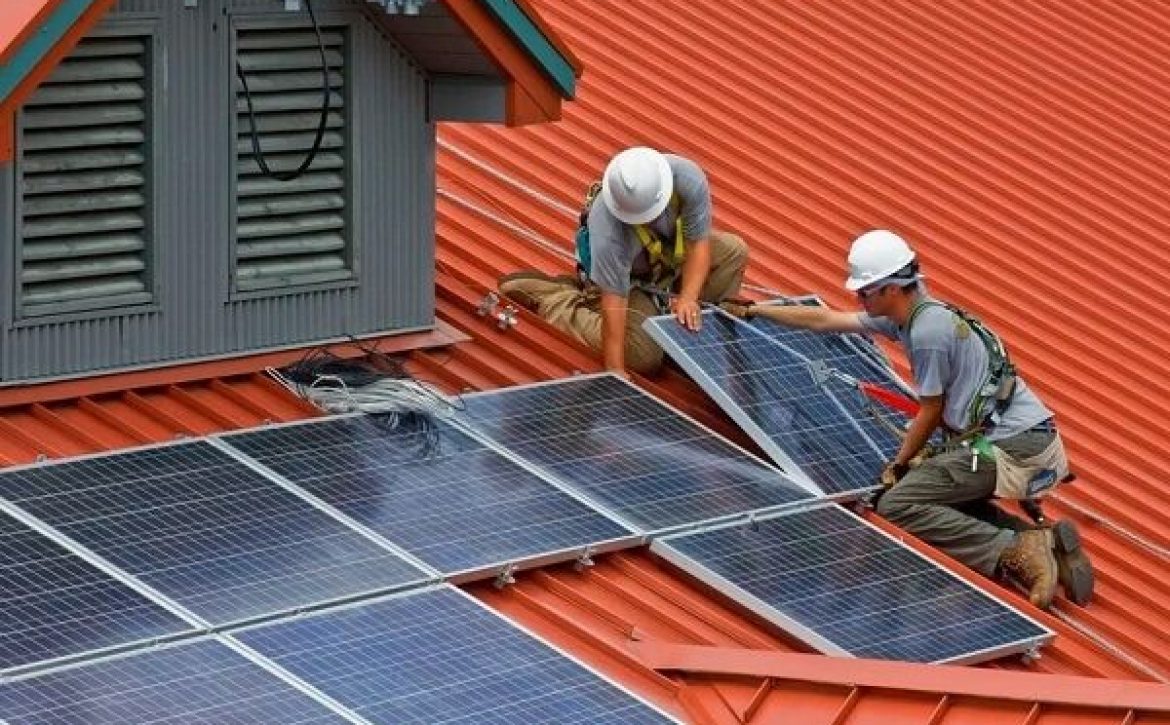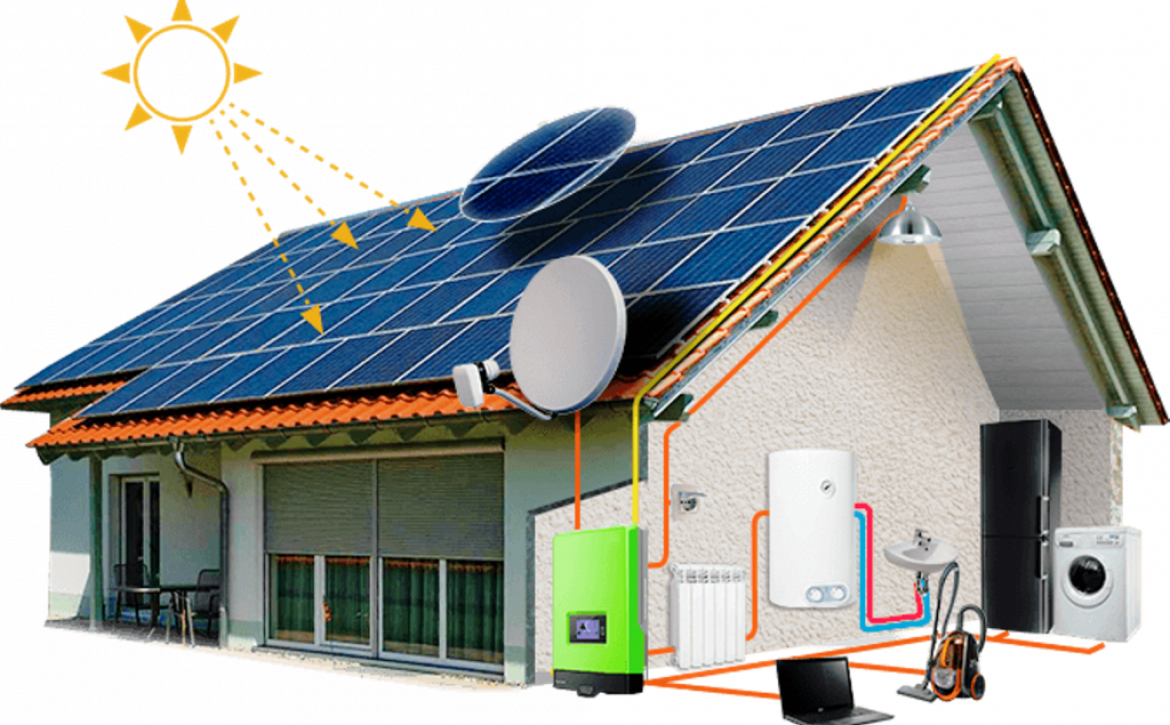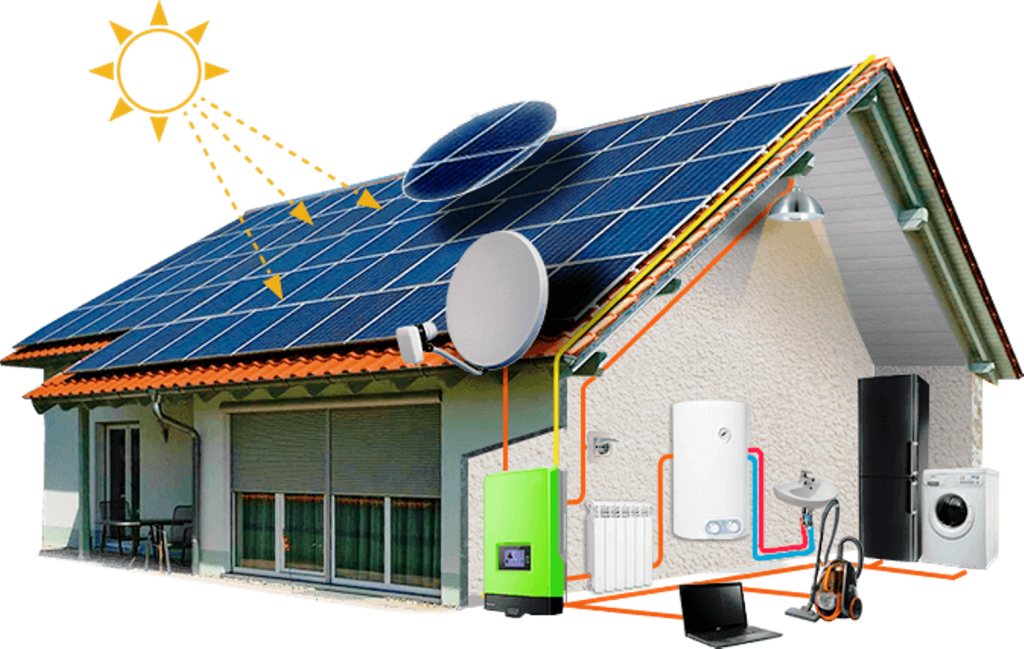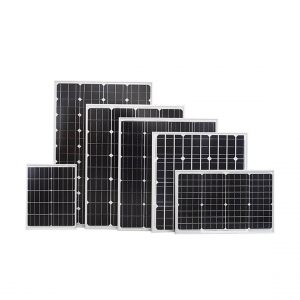Installation of solar panels
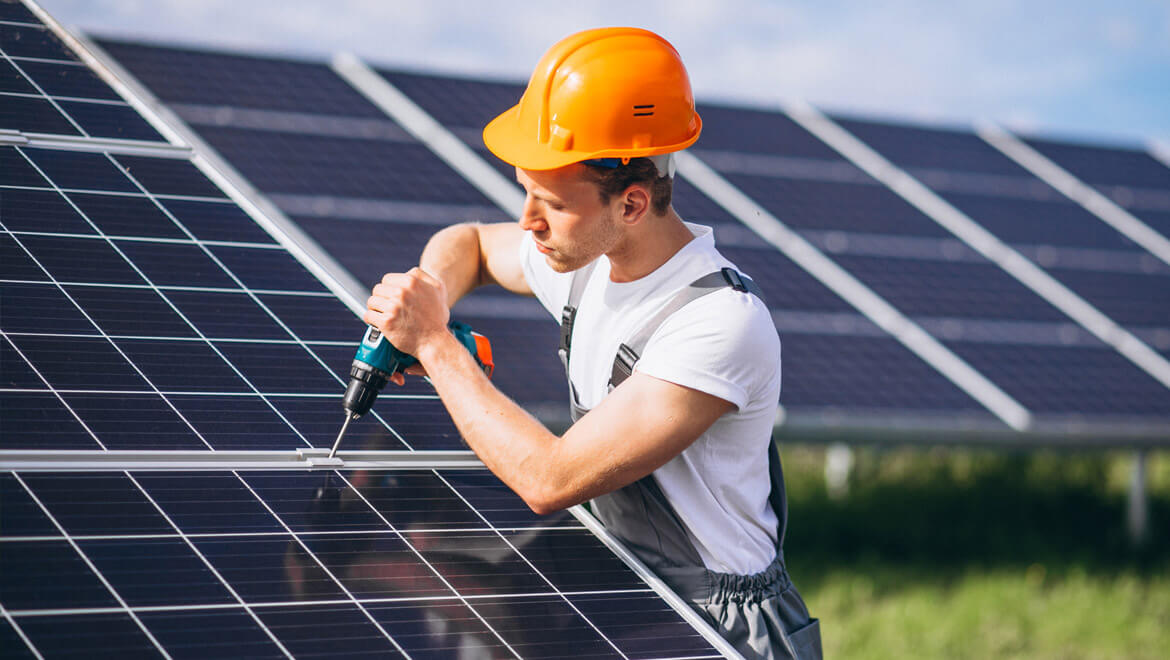
What needs to be taken into account during installation?
Solar energy production can provide emergency power, complete system autonomy or a reduction in overall energy consumption. But only if the solar modules are installed properly.
Due to its design, the solar battery is a rectangular module made up of individual cells. By the way, it is a huge transistor or photoelectric converter that converts conditional photons into conditional electrons, adjusted for efficiency.
Battery efficiency is determined by the material of the cells: monocrystalline silicon batteries have an efficiency of about 20%, polycrystalline ones are slightly less efficient, amorphous ones convert 10% of sunlight into electricity.
Where does the remaining 80-90% of solar energy go? They are converted into heat and heat the solar module to quite high temperatures. If the battery is installed incorrectly, it is possible to fry the scrambled eggs alone because there is not enough power to turn on electrical appliances. Therefore, certain installation rules must be observed.
General rules for installing solar panels
When installing solar panels, five factors must be taken into account, the combination of which ultimately determines the location and type of installation:
- Heat dissipation
- Shadow
- Orientation
- Tilt
- Availability for the service
As mentioned above, heat dissipation plays an important role in maintaining battery performance. It is essential to leave a ventilation gap between the panel and the mounting level; the larger it is, the better. Usually, when assembling a frame or frame for mounting modules, 5-10 centimeters are left between the panel and the plane. When mounted on a separate frame or pole, maximum ventilation is ensured.
Any shadow falling on the battery from trees or buildings “turns off” the shaded cell, accelerating the deterioration of expensive single-crystalline modules and completely stopping power generation in polycrystalline modules. In order to minimize the risk of a “hot spot” caused by an interruption in the electrical circuit, manufacturers offer various options that must be taken into account when purchasing. However, it is better to install the battery in such a way that the “hard” shadow cannot fall on it in any way. A “soft” shadow caused by fog, clouds or smog does not harm the battery, but simply reduces the power output.
You need to face the battery south for maximum sunlight exposure. All other installation methods are compromises and should not be considered. It would be unreasonable to spend tens of thousands of rubles on purchasing modules, but it would be unreasonable not to point the battery at the sun. Solar radiation maps for different regions of the Russian Federation are published on the Internet and are publicly available. The central strip of Russia is located mainly in the 2nd solar radiation zone, where from 1 sq.m. Meters of a properly installed ideal solar panel can produce up to 3 kWh/day.
The inclination of the solar battery is taken equal to the latitude of the object’s location or parallel. For example, for Moscow it is 55 degrees from the horizontal, for St. Petersburg it is 60 degrees and for Sochi it is 43 degrees. At the same time, it is better to reduce the angle of inclination of the battery by 12-15 degrees compared to the optimum in spring and increase it by the same amount in winter to capture the maximum flux of sunlight.
Installation of solar panels on the roof
The availability of a battery for quick cleaning of the surface allows you to carry out this simple procedure without involving specialists. In winter the surface must be freed from snow and in summer from dust and dirt caused by wind and rain. If there is an object under construction nearby, the surface of the modules must be cleaned daily. The easiest way to do this is with a jet of water from a hose or a window cleaning brush.
Ways to install solar panels
The best installation location is the roof of the building as it protrudes as far as possible over objects and trees, provides the least shade and eliminates the need to set up a separate installation location on the site.
Even if the angle of inclination of the roof and its orientation do not coincide with the optimal ones, it is possible to fix and correctly align the modules using frame structures. Since the batteries have a large lateral resistance, the rigidity of the frame must be calculated taking into account the wind load.
The optimal material for mounting the frame are metal corners or special profiles for mounting solar modules. A wooden beam structure quickly loses its strength and shape under the influence of wind and precipitation.
If installation on the roof is not possible, the modules are installed on the ground, where there is no shadow and the possibility of rigidly fixing the base of the frame or the support bar. This installation method is good because it provides maximum air cooling to the panels.
To install small solar panel arrays, you can use the south wall of the house or outbuilding. In this case, the surface adjacent to the back of the module should be painted white to ensure minimal heating and maximum light diffusion. With a translucent, frameless solar system, both the outside and the back are active, so that the reflected light is also converted into energy. If you install a solar panel in a snowy field in winter, the power generation capacity can increase by 1.5 times due to the high reflectivity of the white snow cover.
How to choose the right location
Based on the above, the location for installing solar panels must meet the following criteria:
- lack of shade;
- Easy accessibility;
- Removal of dust sources, for example a highway;
- South orientation;
- There is a good wind, but taking into account the high side winding of the modules.
If you feel like your system doesn’t have locations that meet these requirements, don’t despair or be quick to give up on an endless source of free solar energy.
The Energy Center company’s specialists have extensive experience in the purchase and installation of solar power plants of any capacity. On the “With Light” page you can get free advice to any extent – call, order a callback or use the online chat.
Over the last 10 years, the prices of solar systems have fallen several times, making this method of energy production affordable and profitable. Contact the experts and be with the light!
Even if the angle of inclination of the roof and its orientation do not coincide with the optimal ones, it is possible to fix and correctly align the modules using frame structures. Since the batteries have a large lateral resistance, the rigidity of the frame must be calculated taking into account the wind load.
The optimal material for mounting the frame are metal corners or special profiles for mounting solar modules. A wooden beam structure quickly loses its strength and shape under the influence of wind and precipitation.
If installation on the roof is not possible, the modules are installed on the ground, where there is no shadow and the possibility of rigidly fixing the base of the frame or the support bar. This installation method is good because it provides maximum air cooling to the panels.
To install small solar panel arrays, you can use the south wall of the house or outbuilding. In this case, the surface adjacent to the back of the module should be painted white to ensure minimal heating and maximum light diffusion. With a translucent, frameless solar system, both the outside and the back are active, so that the reflected light is also converted into energy. If you install a solar panel in a snowy field in winter, the power generation capacity can increase by 1.5 times due to the high reflectivity of the white snow cover.


